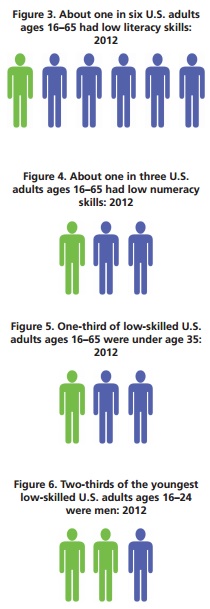Nursing Shortage Projected
 Georgetown University’s Center for Education and the Workforce (CEW) has released a new report, “Nursing: Supply and Demand Through 2020,†which says the country will soon face a shortfall of 193,000 nursing professionals. Yet despite the coming shortage and a growing interest in the nursing profession from young people, the report finds that postsecondary programs reject up to half of qualified applicants.
Georgetown University’s Center for Education and the Workforce (CEW) has released a new report, “Nursing: Supply and Demand Through 2020,†which says the country will soon face a shortfall of 193,000 nursing professionals. Yet despite the coming shortage and a growing interest in the nursing profession from young people, the report finds that postsecondary programs reject up to half of qualified applicants.
The researchers cite inadequate faculty, facilities and clinical placements as barriers to training all of the qualified applicants. Programs providing training for Associate’s Degree in Nursing rejected 51 percent of qualified applicants, while programs for a Bachelor’s in Nursing rejected 37 percent.
New PIAAC report: Making Skills Everyone’s Business
The U.S. Department of Education’s Office of Career, Technical, and Adult Education (OCTAE) has launched a new report, “Making Skills Everyone’s Business: A Call to Transform Adult Learning in the United States.†Using data from the 2013 Survey of Adult Skills report, the report renews the call to “upskill†those 36 million U.S. adults with low skills in numeracy, literacy and problem solving in technology-rich environments.
As a result of a nationwide listening tour to solicit feedback on the state of U.S. adult education and the 2013 survey findings, this new report takes a deeper look at the 2013 data and outlines seven strategies to transform U.S. adult education. The recommended strategies are:
- Act collectively to raise awareness and take joint ownership of solutions
- Transform opportunities for youth and adults to assess, improve and use foundation skills
- Make career pathways available and accessible for every community
- Ensure that all students have access to highly effective teachers, leaders and programs
- Create a “No Wrong Door†approach for youth and adult services
- Engage employers to support upskilling more front-line workers
- Commit to closing the equity gap for vulnerable subpopulations
In Case You Missed It
- Third installment of CEW’s “From Hard Times to Better Times†report
- National Center for Education Statistics (NCES) “Stats in Brief: Gender Differences in STEM Interest, Credits Earned, and NAEP Performance in the 12th Gradeâ€
- NCES’ “Early High School Dropouts: What Are Their Characteristics?â€
- Brookings Institute’s “America’s Advanced Industries: What They Are, Where They Are, and Why They Matterâ€
Image Caption: Select figures from the report, “Making Skills Everyone’s Business: A Call to Transform Adult Learning in the United States.â€
Andrea Zimmermann, State Policy Associate


